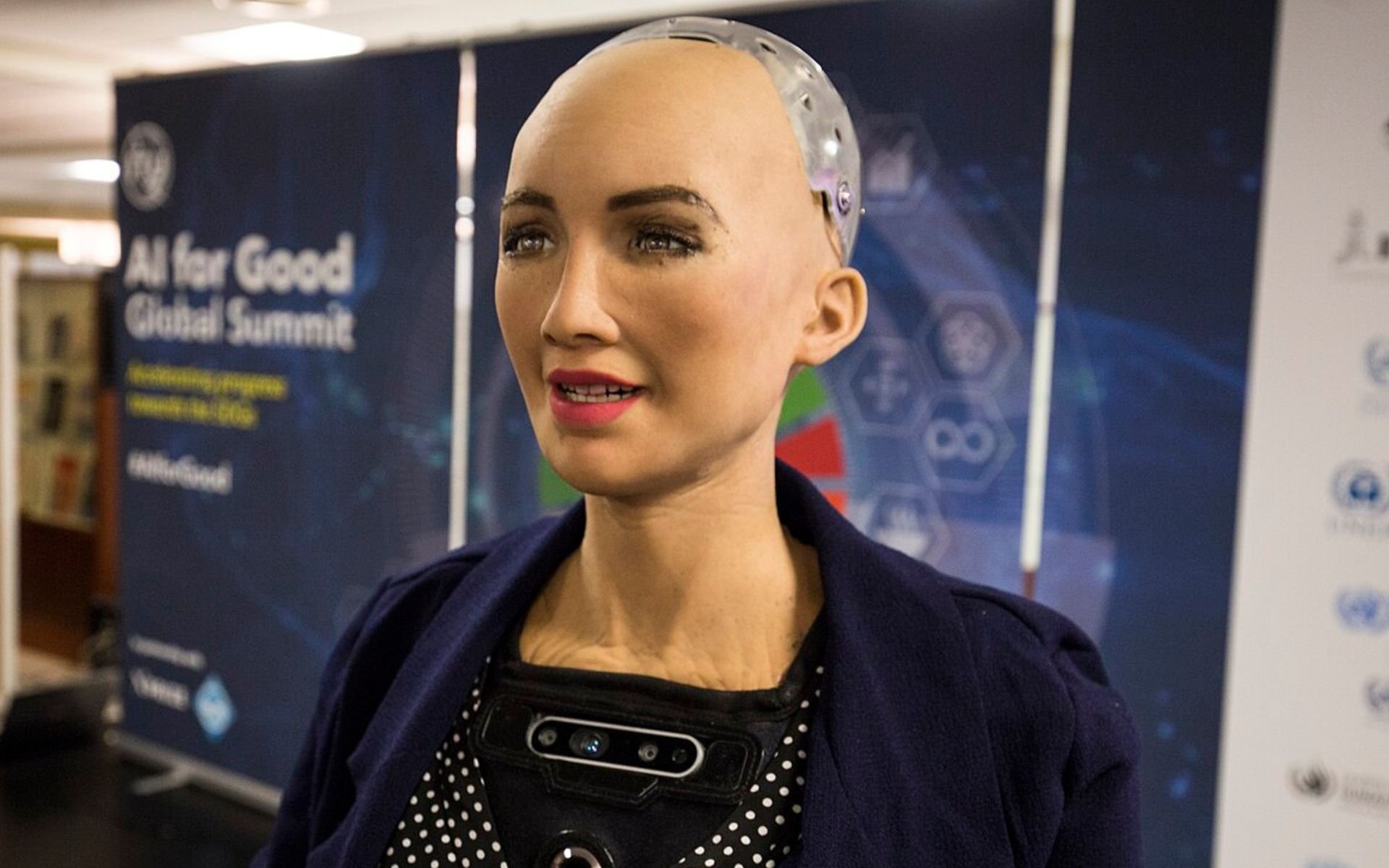When the Electro robot, just over two meters tall, was presented at the New York World’s Fair in 1939, few imagined that less than a hundred years later we would have humanoid robots so advanced that they could function as human personalities that would immortalize them. Beyond smoking, which is one of Electro’s “exploits”, new robots express emotions, talk and reflect on states of being.
Equipped with artificial intelligence (AI) and machine learning models, 21st century humanoid robots mimic the intricacies of human behavior, speech, and interacting socially. More than an experiment, They represent a market currently predicted to be worth more than $1 billion by 2028 by research firm Precision Reports.
Current humanoid robots, supplied in the form of bipedal or wheeled robots, are designed for practical applications such as education and entertainment, research and space exploration, personal care, search and rescue, public relations, among others. Below we present five of the most realistic robot models ever made.
1 – Sofia
Humanoid robot Sophia has become something of a superstar since it became operational in February 2016. Created by Hanson Robotics of Hong Kong, he has posed on the covers of many magazines and spoken at technology conferences. and traveled the world as a UN Innovation Ambassador, here he talked about the role of technology in human society.
Equipped with artificial intelligence and neural networks, Sophia can distinguish people’s gestures and emotions. Her natural language abilities allow her to participate in conversations and answer questions, make eye contact with her interlocutors, and move her body while speaking. He has been a citizen of Saudi Arabia since 2017, making him the first robot on the planet to be legally considered a human.
2 – America
Created for research in the fields of artificial intelligence, machine learning and robot-human interaction, Ameca is a humanoid robot developed by Engineered Arts, a company based in Falmouth, England. Appeared in a video at the end of 2021 It made its official debut at CES 2022 in Las Vegas, USA.
Seeing and hearing through binocular cameras and binaural microphones, Ameca moves the head, neck, arms, hands, torso and face with the help of separate modules. Powered by Tritium 3, this device can be operated remotely to meet and greet people in multiple languages during events.
3 – Geminoid DK
Geminoid DK, which has completed 12 years, is a replica of the head and shoulders of Danish professor Henrik Scharfe, who participated in the modeling in collaboration with Japanese animatronics company Kokoro and Osaka University professor and researcher Hiroshi Ishiguro. He is the first person in the series who does not use a Japanese as a base.
Designed and programmed to reproduce facial expressions and head movements through motion capture, The humanoid has silicone skin and is the first human with a beard.the hair was transplanted by hand and cut with Professor Scharfe’s own razor.
4 – Nadine
Another example of an alter ego, Nadine, was developed in 2015 at Nanyang Technological University (NTU) in Singapore to represent Professor Nadia Magnenat Thalmann, founder of MIRALab at the University of Geneva in Switzerland. Its hardware was developed by Japan’s Kokoro, while the software that controls the robot’s hands comes from Thalmann’s team at NTU.
Built on Perception-Decision-Action (PDA) architecture, Nadine uses 3D depth cameras, webcams, microphones, and motion sensors to recognize faces, emotions, gestures, intentions, and objects. Nadine, a social robot equipped with artificial intelligence, was created as a receptionist or companion for people with special needs.
5 – BUILDING48
Unlike its counterparts, the BINA48 humanoid is just a bust: a head and torso mounted on a frame. But his story is impressive. In 2010, lawyer, entrepreneur and activist Martine Rothblatt commissioned Hanson Robotics. humanoid replica of his wife Bina Aspen We ensured that it remained as a digital, physical and personalized representation to immortalize it.
To realize the project, Hanson created more than 100 hours of mental archive containing Bina’s memories, emotions, attitudes and beliefs and programmed the robot with it. Today, BINA48 is a kind of symbol of the Terasem Movement, a transhumanist organization that aims to explore and promote the use of technology to enhance human capabilities and extend life.
Stay informed about technological advances in robotics at TecMundo. If you wish, take the opportunity to discover Tesla’s second generation humanoid robot, which processes eggs without even breaking them.
Source: Tec Mundo
I’m Blaine Morgan, an experienced journalist and writer with over 8 years of experience in the tech industry. My expertise lies in writing about technology news and trends, covering everything from cutting-edge gadgets to emerging software developments. I’ve written for several leading publications including Gadget Onus where I am an author.













